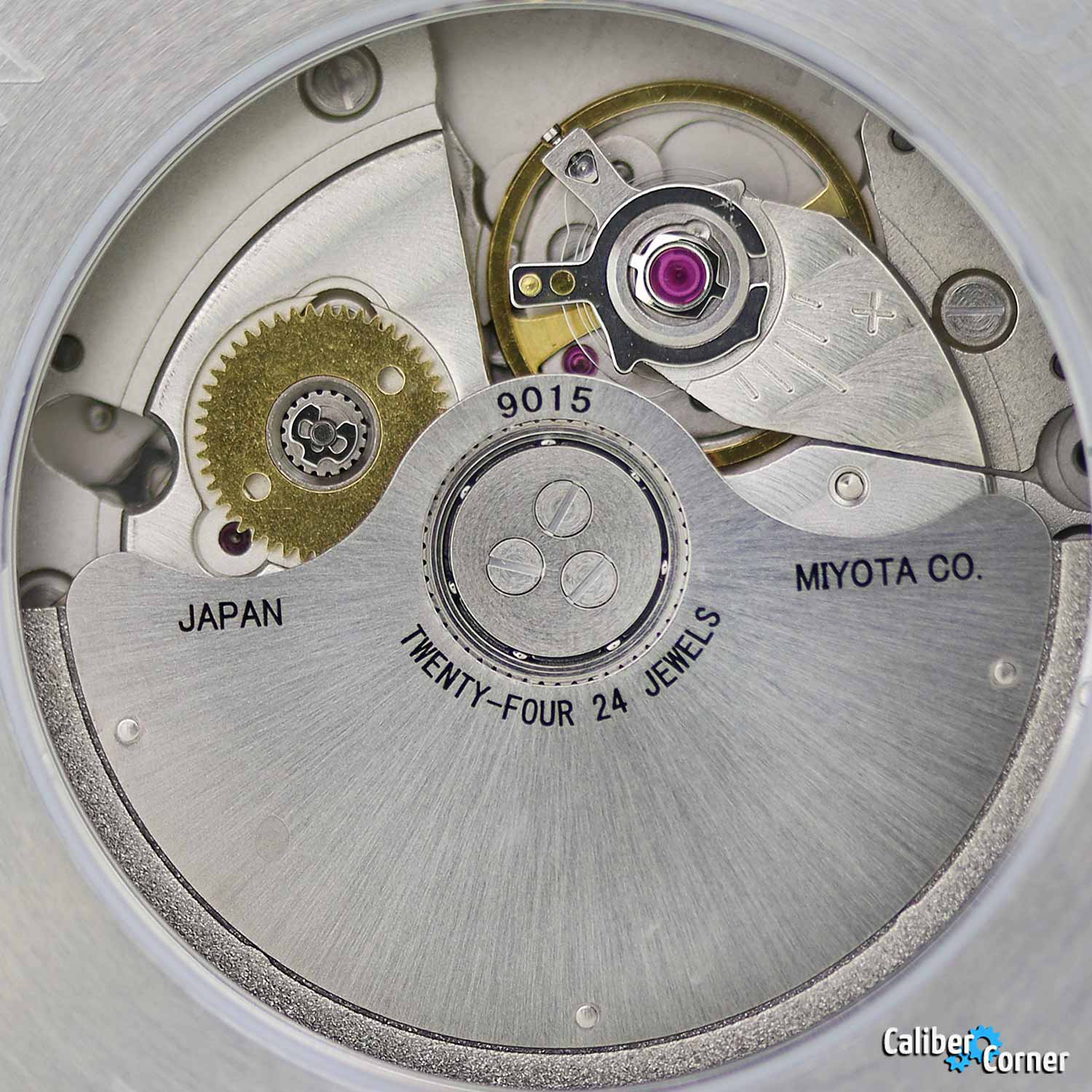
“Workhorse movement” is a label given to certain watch movements by enthusiasts and collectors in many watch communities. The term is no officially used by movement manufactures, but has become a selling point in blog reviews and
A tried and true workhorse should be a simple/minimalist design that does the job efficiently with as few moving parts as possible, while still being effective at maintaining a track record of being reliable, acceptably accurate, not too expensive, and easy to service (or at least generally affordable to service).
A workhorse movement can be of any origin, although the most commonly known workhorse movements are Swiss made ETA/Sellita and Japan made Seiko/Miyota.
Below is an example of a solid automatic workhorse watch movement, the Seiko/TMI NH38. It features a simple, no-frills, 3-hands no-date display.
The most common examples of workhorse movements are:
- ETA caliber 2824-2
- Sellita caliber SW200
- ETA/Valjoux caliber 7750
- Seiko caliber 7S26
- Seiko caliber NH35A
- Miyota caliber 8215
- Miyota caliber 9015
- ETA/Unitas 6497/6498
You may also hear watches being referred to as workhorses, for example the Seiko Monster.
A workhorse watch is basically a tool watch powered by any of the above movements, but also with other characteristics such as a sapphire crystal and screw-down crown.


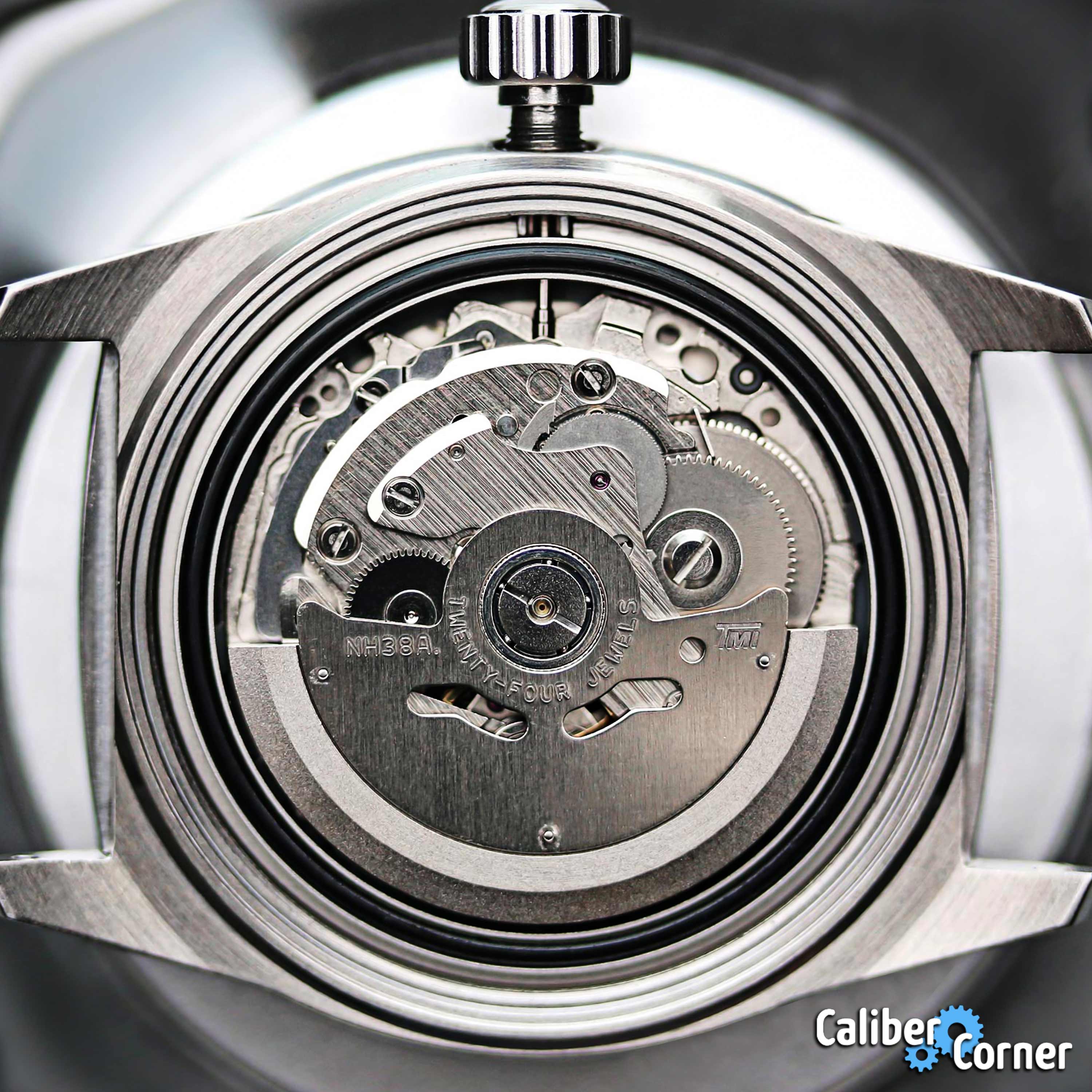
 network of watch sites
network of watch sites




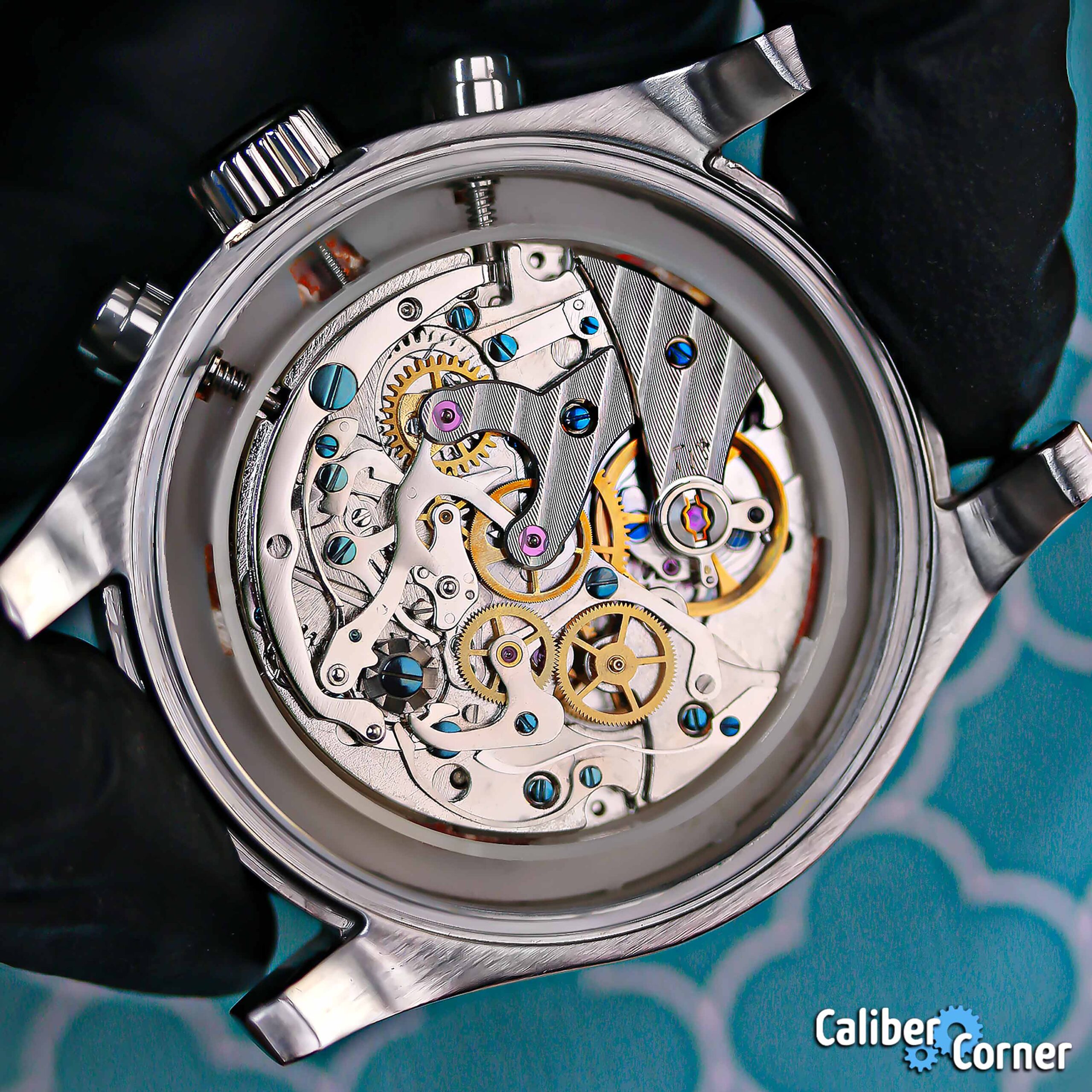
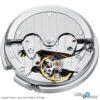


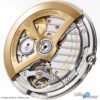




Recent Comments
It's lubricated! Why do people keep calling this a natural escapement?
link to the user manual is dead. Here's one that seems to work for now:…
Panzera also use this movement in their Aquamarine 45G
Hmm, my Hanhart does not have a ghost date, but it does not look as…
Bought my Hanhart 417C Bicolor Flyback partially because of this caliber. I have only had…
I'm lucky enough to own both exclusive to Citizen calibers 9051, 9054. These are buttery…
An official e-mail from IWC Schaffhausen (March 2025) says 1650 tpd bidirectional